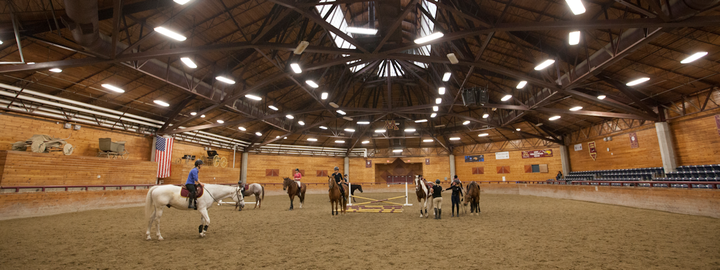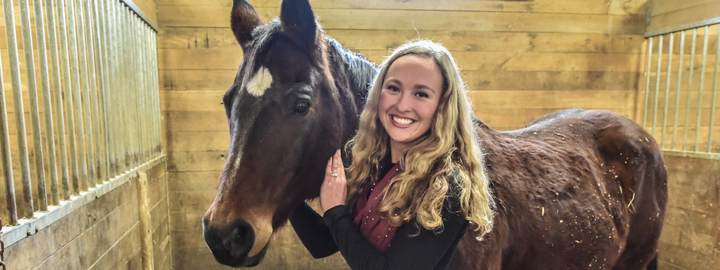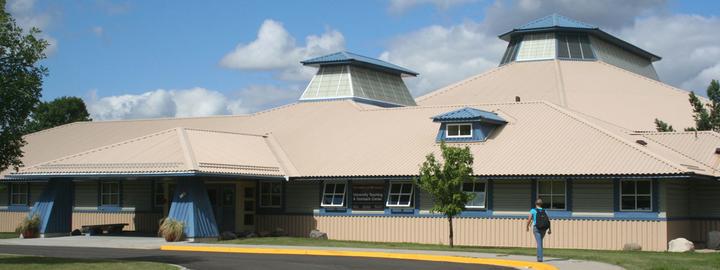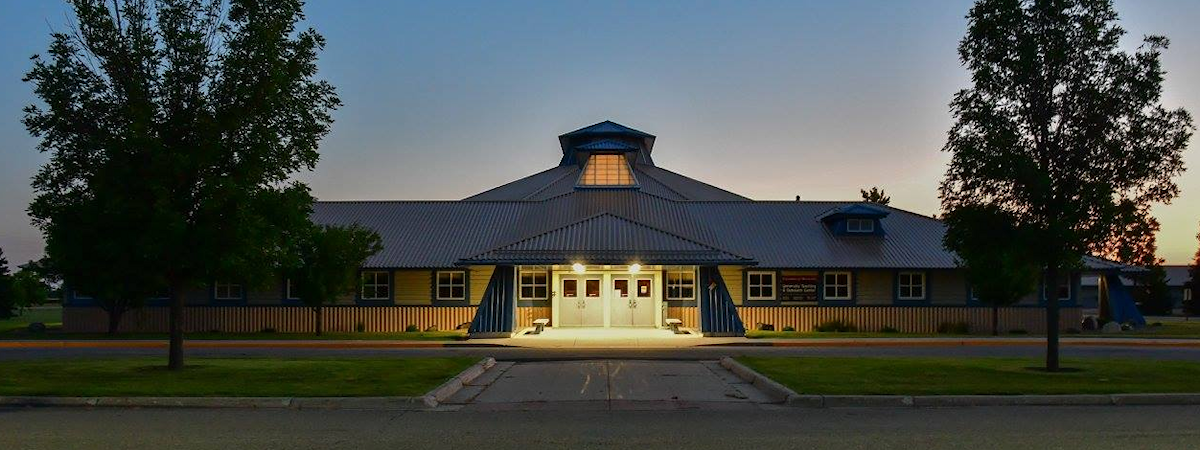
University Teaching and Outreach Center
University Teaching and Outreach Center (UTOC) serves as the center for animal science on campus. The south entrance area features offices and classrooms. The rest of the structure features a riding arena, stables, and a tack room for the Equine Science program. The Charles H. Casey Equine Arena regularly serves as a host area for regional riding and horse shows. Nearly 40 horses call UTOC home.
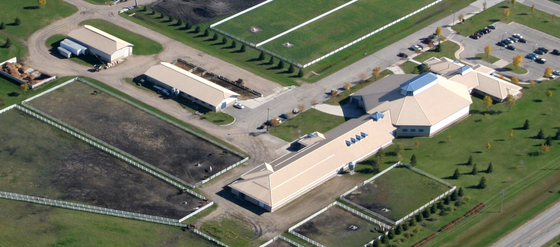

Location on Campus
The University Teaching and Outreach Center's primary location is on the northwest side of the University of Minnesota Crookston campus, north of the Early Childhood Development Center, Library, Dowell Hall and Annex, and west of the Valley Technology Park.
University Teaching and Outreach Center
2900 University Ave, Crookston MN 56716
Points of Interest
The University Teaching and Outreach Center (UTOC), with classrooms, equine facilities, the equine arena, and other facilities for animal science, was dedicated in the fall of 1993. In 1998 UMN Crookston acquired funds from the Minnesota Legislature for an addition to UTOC. This northern addition added more stable space for UMN Crookston's growing number of horses as well as a training and breeding ring. The addition was completed in 2000.
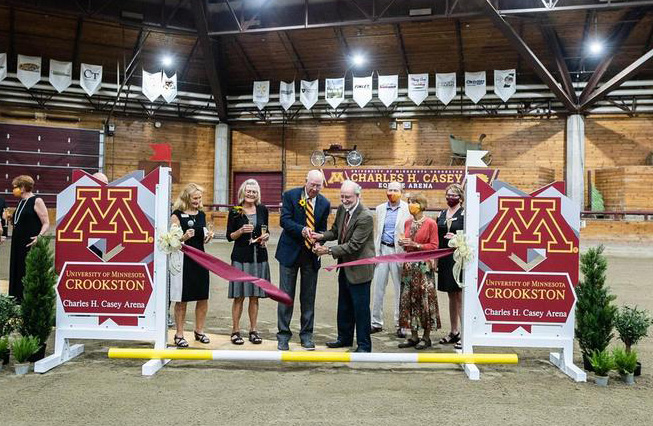
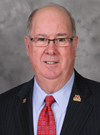
In 2021, the equine arena in UTOC on the University of Minnesota Crookston Campus has been named the Charles H. Casey Equine Arena in honor of the former Chancellor and U of M Regent.
During his tenure as Chancellor, the University oversaw the largest on-campus student enrollment and developed a strong budget with reserves for leaner times to come. There was a significant growth of philanthropy and scholarships for needy students during his time of service. He also achieved approval and funding for two residence halls, and a state-of-the-art Wellness Center, which all contributed to an enhanced student experience.
